On December 12, the QBPC Automation & Electric IWG held a workshop on patent, trademark infringement and criminal offence related to second-hand refurbishment product, which was also open to other IWGs. Two lawyers with rich experience in handling second-hand refurbishment cases shared their insights over patent, trademark infringement and criminal offences. Sixteen member representatives from 14 member companies attended the event.
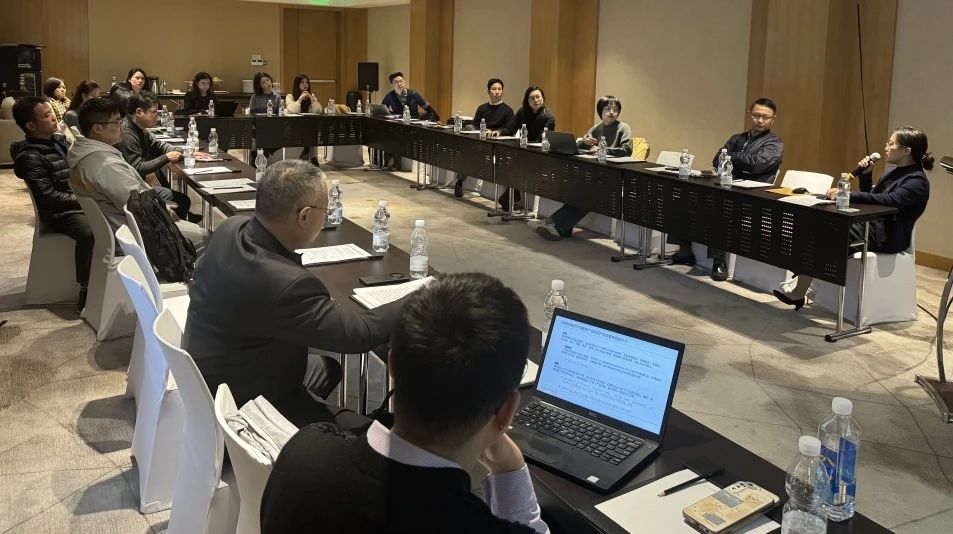
According to Tim Jiang, IWG Coordinator and QBPC Patent and Innovation Committee Chair Frank Liu, the second-hand refurbishment had long been a headache in the automation and electrical industries. Especially for the high-tech equipments,due to the technical reasons, it was difficult for infringers to counterfeit product directly. Instead they turned to second-hand products for illegal profits, and the refurbishment means kept changing constantly. He hoped that the two speakers could share some new ideas.
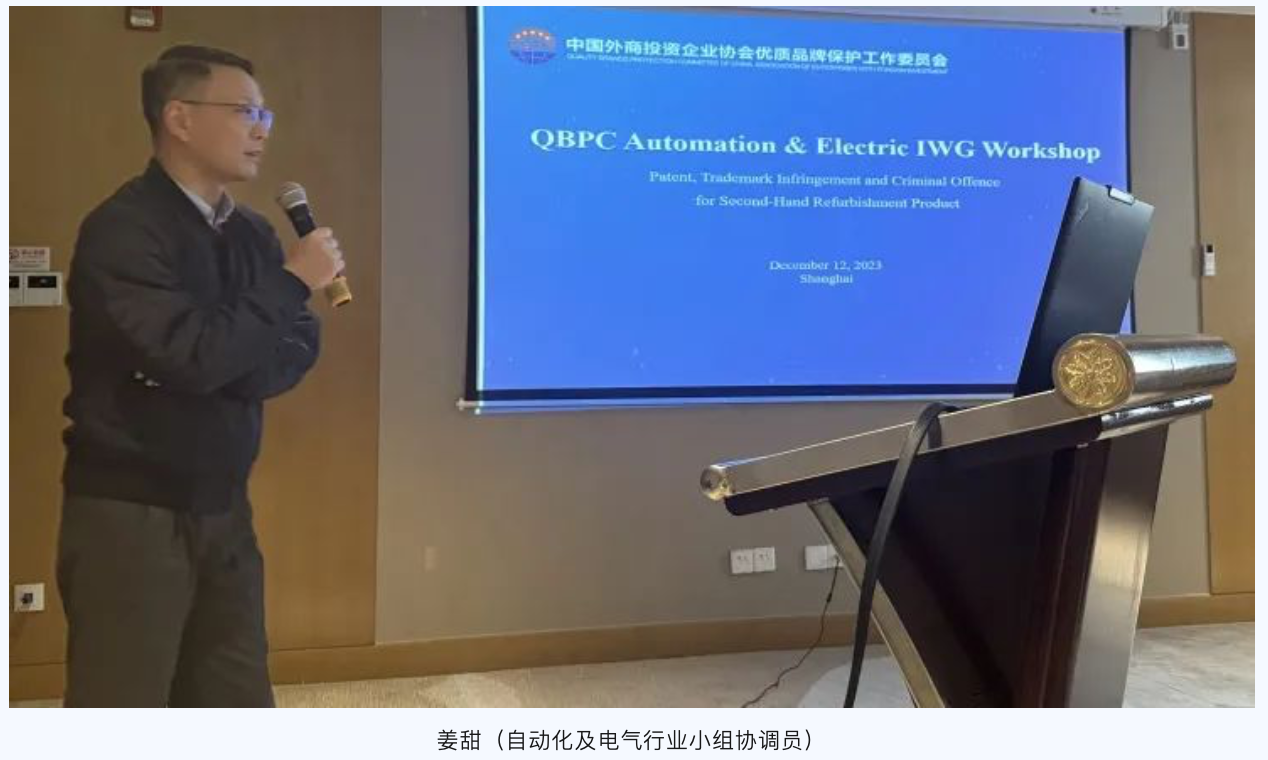
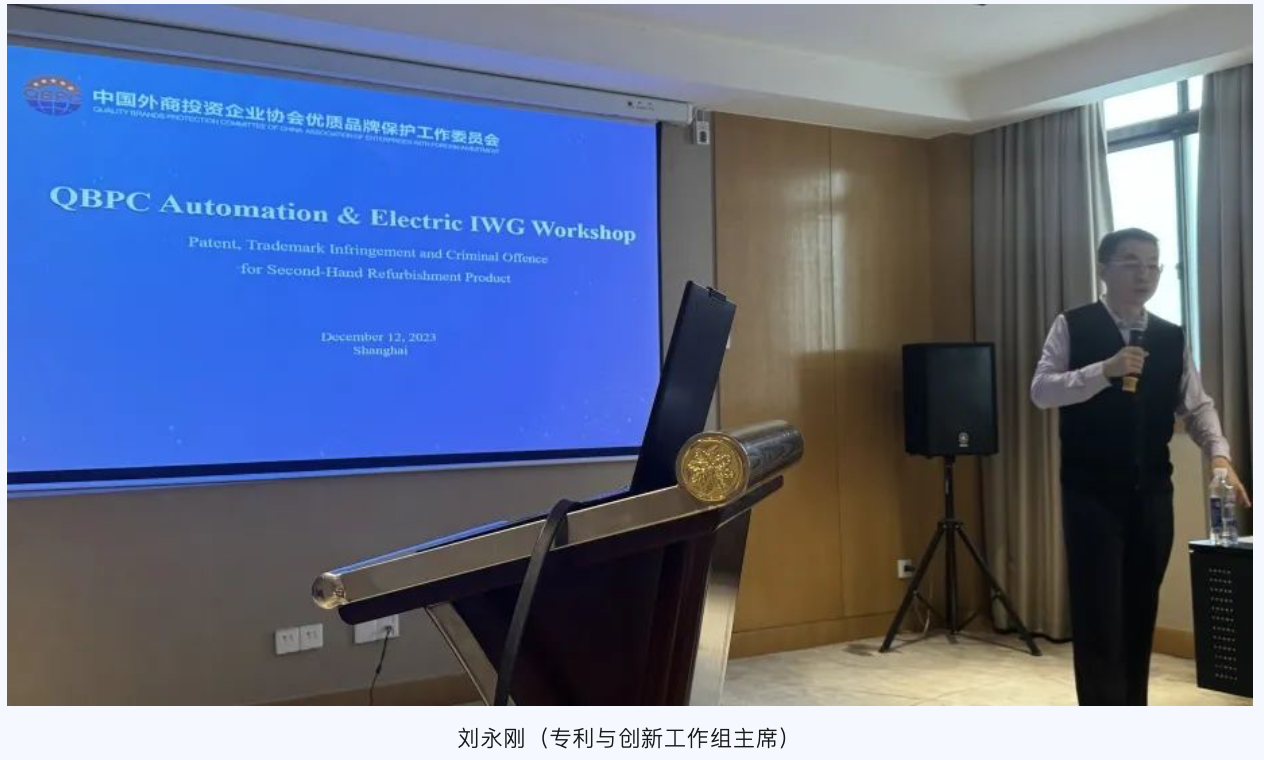
Ying Han firstly shared her views on patent and trademark infringement in second-hand refurbishment. After introducing the existing challenges in safeguarding the IPR in the field, she expounded the boundary of infringement generated by second-hand goods from four dimensions through legal precedents at home and abroad, inculding: determination of overall patent infringement, determination of patent infringement of product parts, determination of overall trademark infringement of commodity and the determination of trademark infringement due to the change of overall trademark caused by the replacement of parts. As for the patent, she believed that the determination on patent infringement of second-hand goods depended on whether the processing of second-hand goods had been “maintenance” or “reproduction”, arrangement in the contract, and domestic or international exhaustion of rights. Meanwhile three factors could contribute to, non-infringement, including legitimate source, proper maintenance and truthful statement. In terms of trademark, she further discussed how to mark second-hand refurbished goods and the application of trademark right exhaustion.
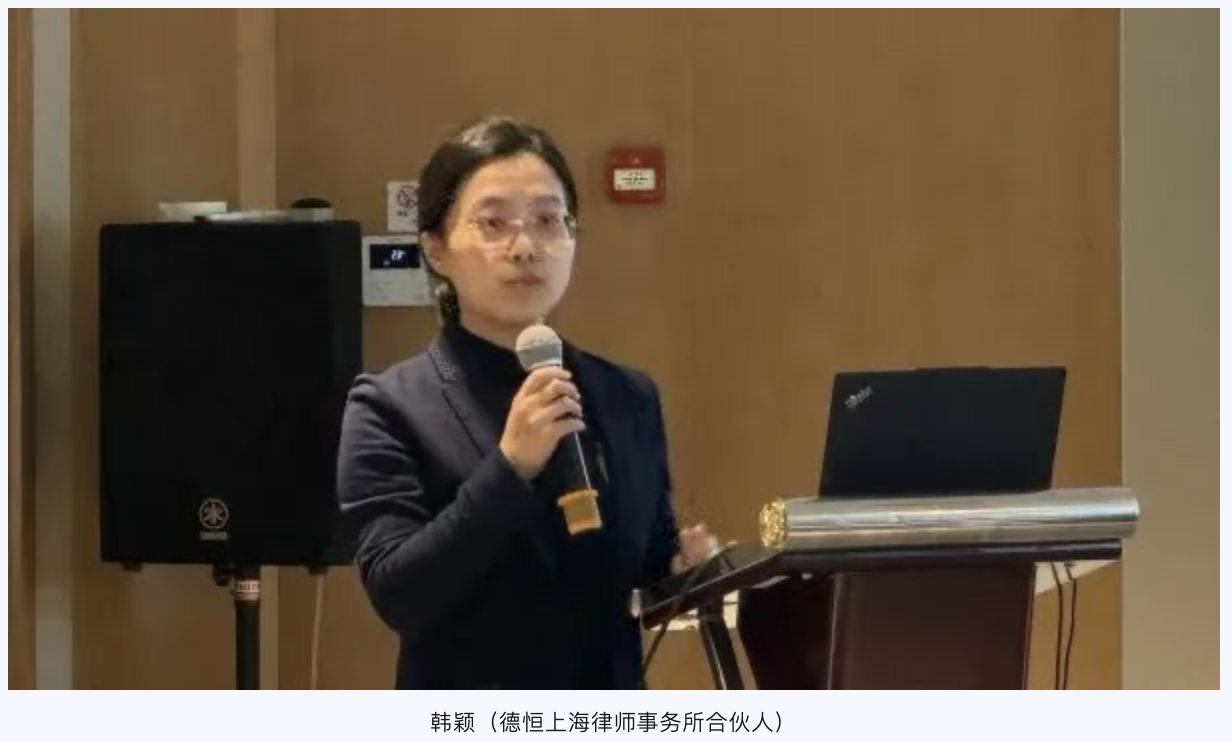
Ning Zhang then analyzed the criminal offence in the second-hand refurbishment. He divided six possible major accusations in second-hand refurbishment into three categories and discussed the application and factors of each. He also illustrated case study on the crime of illegally manufacturing or selling illegally-manufactured registered trademark, crime of counterfeiting a registered trademark and the crime of selling goods bearing a counterfeit registered trademark. Finally, Ning Zhang discussed the Guidelines on Criminal Compliance of Intellectual Property Rights in the Electronic Products Renovation Industry of Shenzhen Procuratorial Organ (Trial version) with the participants, summarized seven common violations. Through “the Ship of Theseus”, he further explained that there were some defects in the "whitelist" and "blacklist" that the boundaries of some definitions were unclear or even overlapping. His lecture broadened the scope of mind of participants on IPR protection, such as leveraging the accusation of "Crime of Concealing or Concealing the Proceeds of Crime" to crack down on second-hand refurbishment as well as registered service trademarks as the basis of rights to protect the rights, etc.
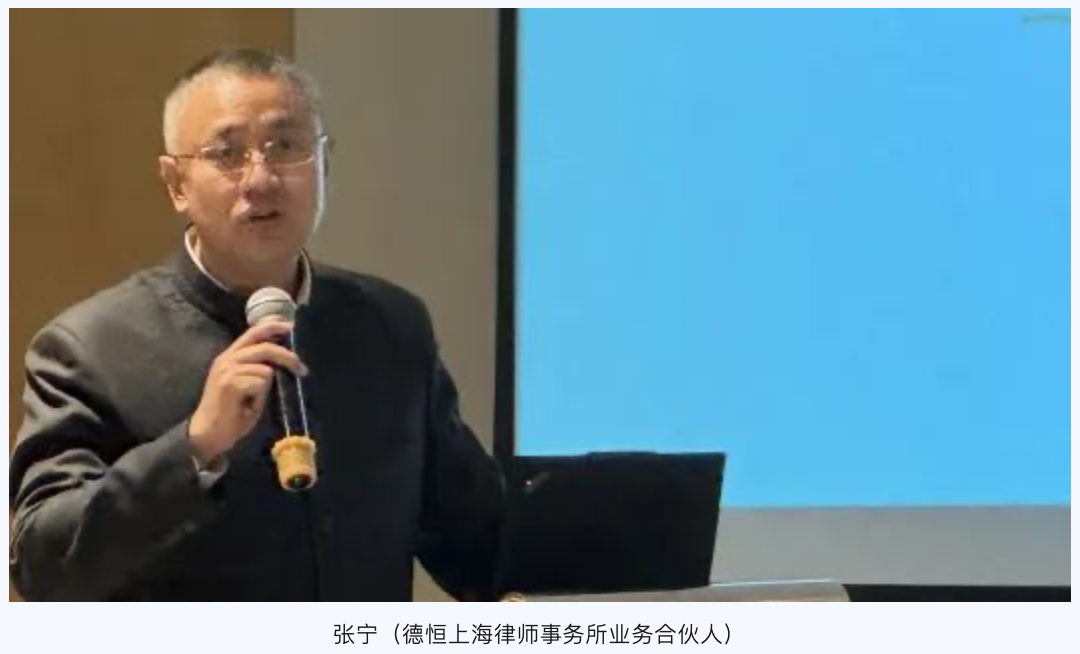
In the Q&A session, the participants discussed the challenges faced by their respective companies in safeguarding their rights.
